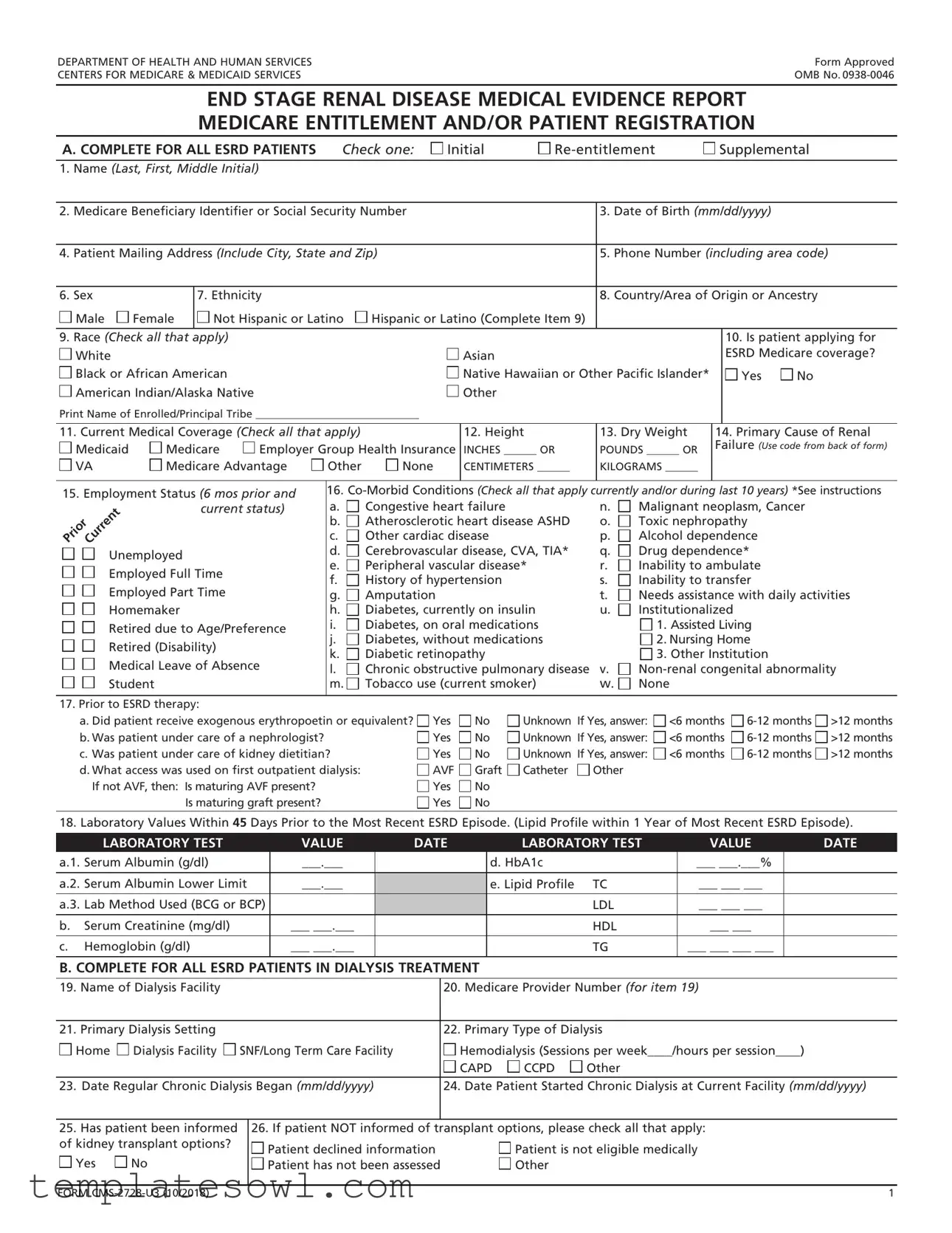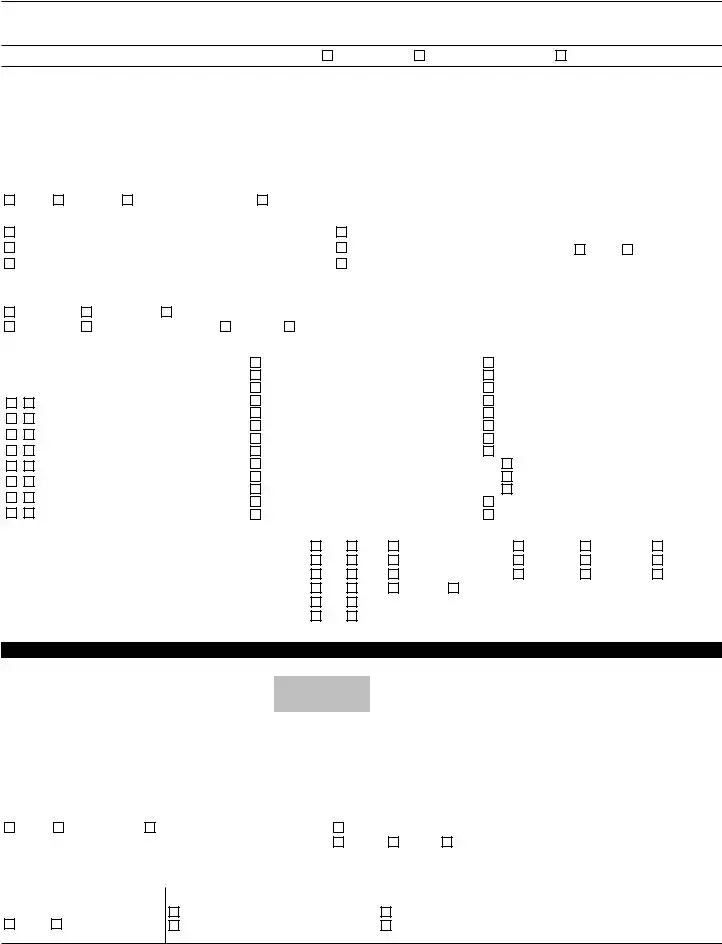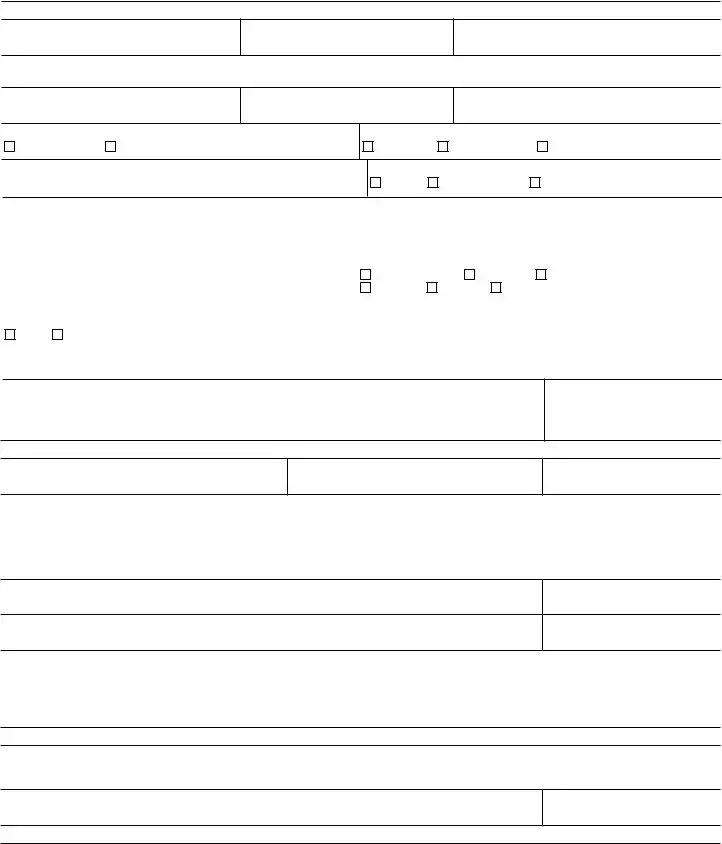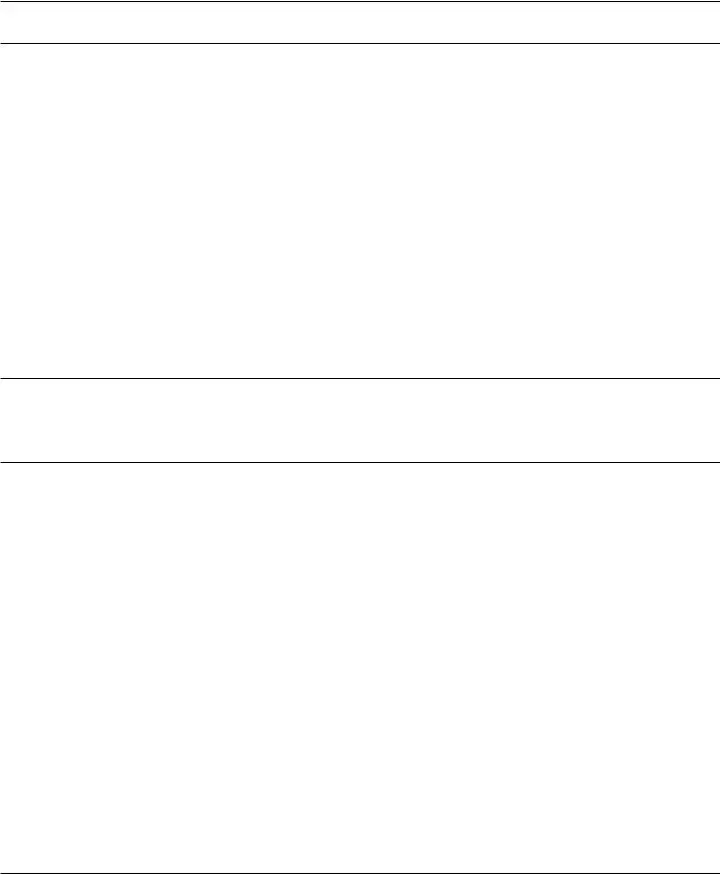1. What is the CMS 2728 U3 form?
The CMS 2728 U3 form, also known as the End Stage Renal Disease Medical Evidence Report, is a document used to establish a patient’s entitlement to Medicare benefits due to End Stage Renal Disease (ESRD). It collects essential information about the patient’s medical history, current treatment, and demographic details. Completing this form is a critical step in ensuring that patients can access the care and coverage they need as they face the challenges of renal disease.
2. Who needs to complete the CMS 2728 U3 form?
This form must be completed for all patients who have been diagnosed with end stage renal disease, representing a permanent and irreversible stage of kidney failure. It is necessary for patients starting dialysis treatment or those receiving a kidney transplant. Additionally, patients reapplying for Medicare benefits after a period discontinuation, or those who have received supplemental care, must also complete this form.
3. How is the form submitted?
The completed CMS 2728 U3 form must be submitted to the Social Security Administration office that services the patient’s claim. It’s important to ensure that all required information is filled out correctly, as errors could delay the processing of Medicare entitlement. Additionally, a copy should be maintained by the dialysis facility or healthcare provider involved in the patient’s care.
4. What kind of information is collected on the form?
The CMS 2728 U3 form collects a variety of information, including the patient's personal details like name, address, date of birth, and Medicare Beneficiary Identifier. Medical history, current treatment plans, the cause of renal failure, and details regarding any ongoing dialysis treatments or transplant procedures are also documented. This comprehensive data helps to assess the patient’s needs and eligibility for Medicare benefits.
5. What happens after the form is submitted?
Once the CMS 2728 U3 form is submitted to the Social Security Administration, it is reviewed to determine the patient's eligibility for Medicare benefits due to ESRD. If approved, the patient will begin receiving the benefits that cover necessary expenses associated with their treatment. If there are any issues with the submission or eligibility, the patient may be contacted to provide additional information or clarification.
6. What is the significance of patient demographics on the form?
Patient demographics, including sex, ethnicity, and race, are crucial as they help ensure compliance with federal reporting requirements. This information is collected for statistical and research purposes and is vital for understanding how different populations are affected by ESRD. Accurate demographic information also supports the development of healthcare policies that address the needs of diverse patient groups.
7. Can the form be updated or amended?
Yes, if there are changes in the patient's condition or treatment after the form has been submitted, the CMS 2728 U3 can be updated. It’s important for the healthcare provider to submit any necessary amendments to reflect the current medical status accurately. Keeping this information up-to-date ensures that the patient receives the appropriate benefits without any disruptions.
8. What if a patient is not eligible for Medicare?
If a patient is found ineligible for Medicare benefits after submitting the CMS 2728 U3 form, they may explore other options for coverage. There could be state programs or private insurance plans available that provide financial assistance for medical expenses related to renal disease. It can be beneficial for patients to speak with a social worker or financial counselor familiar with healthcare options for further guidance.
9. Why is it important to complete the form within the specified time frame?
Completing the CMS 2728 U3 form within the designated 45-day window is essential to ensure swift access to necessary Medicare benefits. Delays in submission can result in interruptions in treatment coverage, putting the patient at risk of medical complications. Moreover, timely completion helps in avoiding complications with eligibility, which can prolong the approval process for needed healthcare services.






